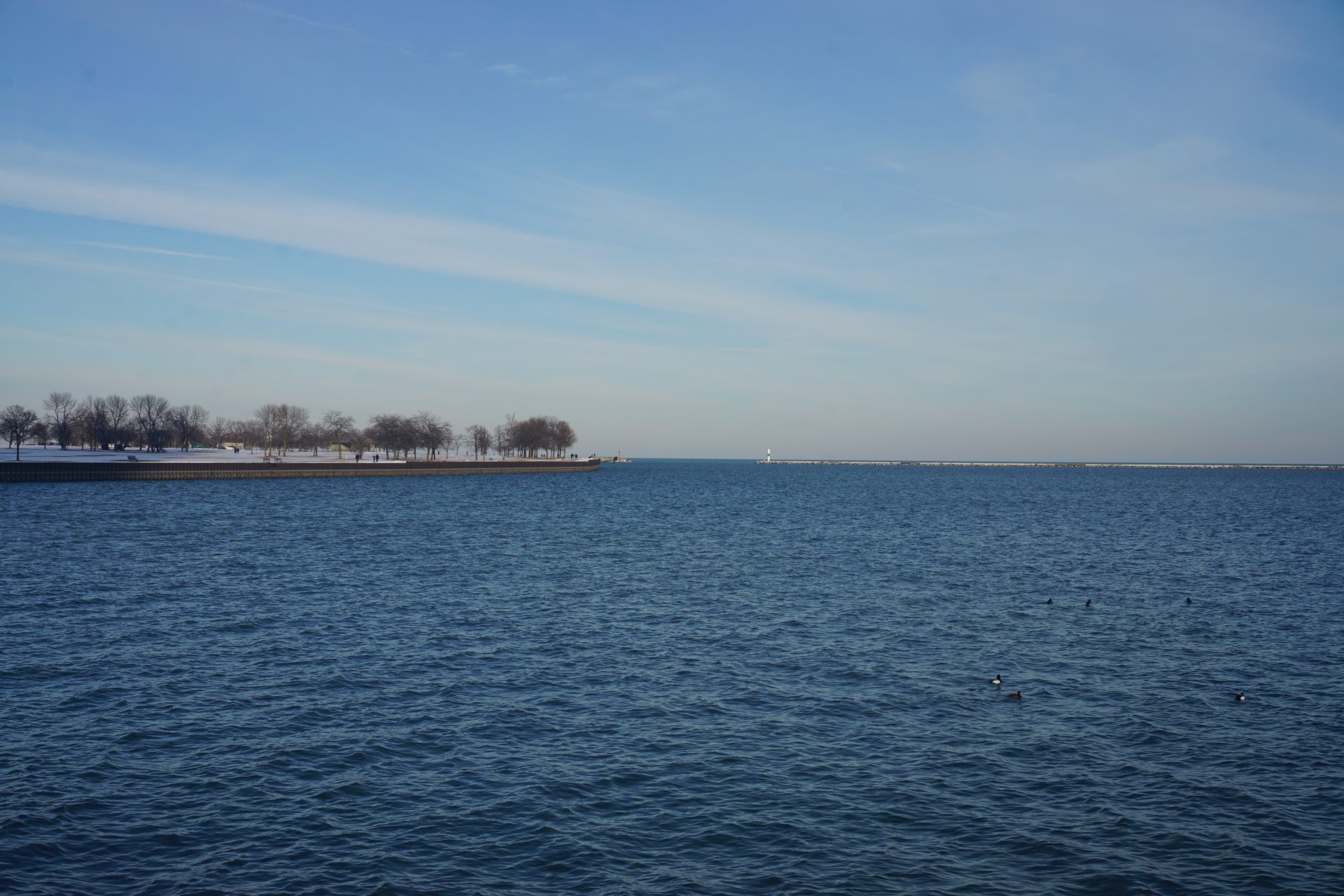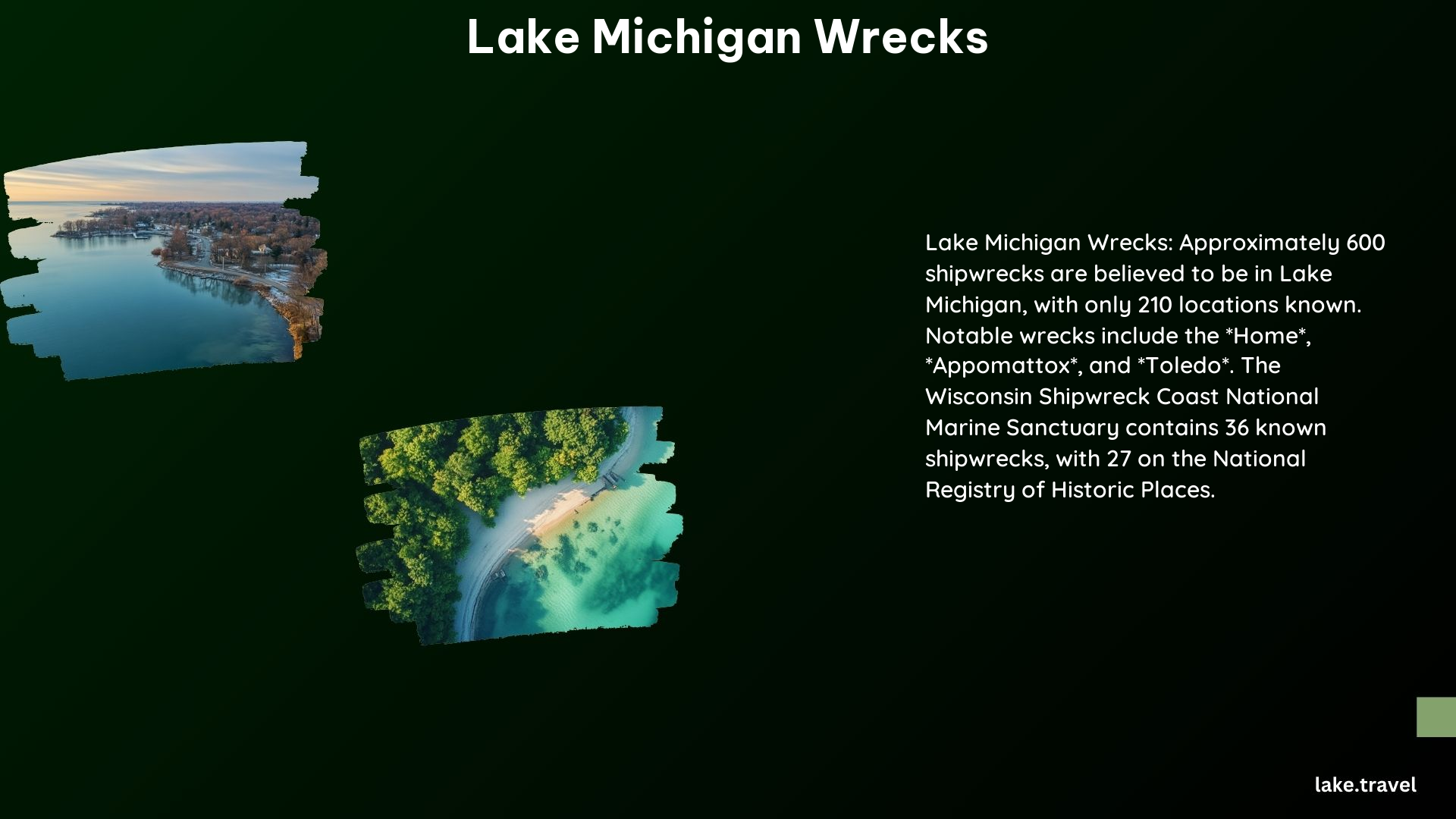Lake Michigan is home to a significant number of shipwrecks, with estimates suggesting that there are around 600 wrecks in the lake. These wrecks provide a fascinating glimpse into the region’s maritime history and offer opportunities for exploration and discovery.
Estimated Number of Shipwrecks in Lake Michigan

The exact number of shipwrecks in Lake Michigan is difficult to determine, but it is believed that there are approximately 600 wrecks in the lake. This number is based on historical records and ongoing research by organizations such as the Wisconsin Historical Society and the National Oceanic and Atmospheric Administration (NOAA).
The Lake Michigan Triangle

The Lake Michigan Triangle is a region within Lake Michigan where a disproportionately high number of shipwrecks have occurred. The triangle is generally defined by the points of Chicago, Illinois; Manitowoc, Wisconsin; and Ludington, Michigan. This area is known for its unpredictable weather patterns and strong storms, which have contributed to the high incidence of shipwrecks.
Notable Shipwrecks in Lake Michigan
Some of the most notable shipwrecks in Lake Michigan include:
| Wreck Name | Year Sank | Location | Depth |
|---|---|---|---|
| Home | 1858 | Wisconsin | 170 feet |
| Appomattox | 1905 | Shorewood, Wisconsin | 15-20 feet |
| Toledo | 1856 | Milwaukee, Wisconsin | 15-20 feet |
| Edmund Fitzgerald | 1975 | Unknown | Unknown |
-
Home: One of the oldest shipwrecks discovered in Wisconsin, the Home was likely used in the Underground Railroad. It sank in 1858 after colliding with another ship and lies upright in 170 feet of water.
-
Appomattox: The largest wooden bulk steamer ever constructed on the Great Lakes, the Appomattox sank in 1905 after running aground near North Point. The wreck lies in 15 to 20 feet of water off Atwater Beach in Shorewood, Wisconsin.
-
Toledo: A passenger and freight steamer, the Toledo sank in a storm in 1856. The wreck is located in 15 to 20 feet of water near Milwaukee, Wisconsin.
-
Edmund Fitzgerald: The largest and last major freighter wrecked on the Great Lakes, the Edmund Fitzgerald sank on November 10, 1975, during a severe storm. All 29 crew members were lost, and the wreck remains one of the most famous and mysterious in the Great Lakes.
These shipwrecks, along with many others, offer a unique window into the maritime history of Lake Michigan and the Great Lakes region.
Preservation and Exploration of Lake Michigan Wrecks
The preservation and exploration of Lake Michigan’s shipwrecks are important for several reasons. These wrecks provide valuable historical information, offer opportunities for scientific research, and serve as underwater habitats for a variety of marine life.
Organizations like the Wisconsin Historical Society and NOAA work to document and protect these wrecks, ensuring that they remain accessible for future generations. Recreational divers and underwater archaeologists also play a crucial role in exploring and studying these submerged treasures.
Conclusion
Lake Michigan’s shipwrecks are a testament to the region’s rich maritime history and the power of the Great Lakes. From the oldest wrecks like the Home to the more recent and famous Edmund Fitzgerald, these underwater sites offer a unique opportunity to connect with the past and explore the mysteries of the deep. Whether you’re a history buff, a diving enthusiast, or simply curious about the region’s maritime heritage, Lake Michigan’s wrecks are a must-visit destination for anyone interested in the Great Lakes.
References
- https://www.michigan.org/article/trip-idea/dive-michigan-shipwrecks-these-underwater-preserves
- https://www.youtube.com/watch?v=cPmBZacGX-I
- https://www.jsonline.com/story/life/green-sheet/2023/02/08/how-many-shipwrecks-are-in-lake-michigan-and-why-are-they-left-there/10144648002/
- https://research.lib.buffalo.edu/greatlakes/shipwrecks
